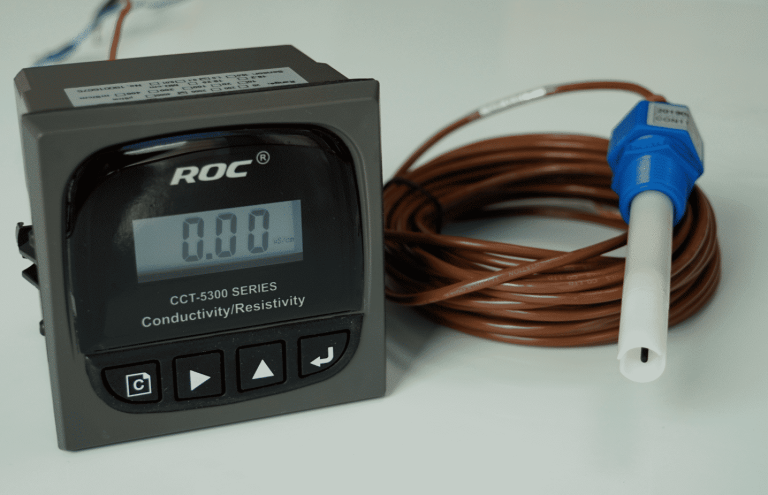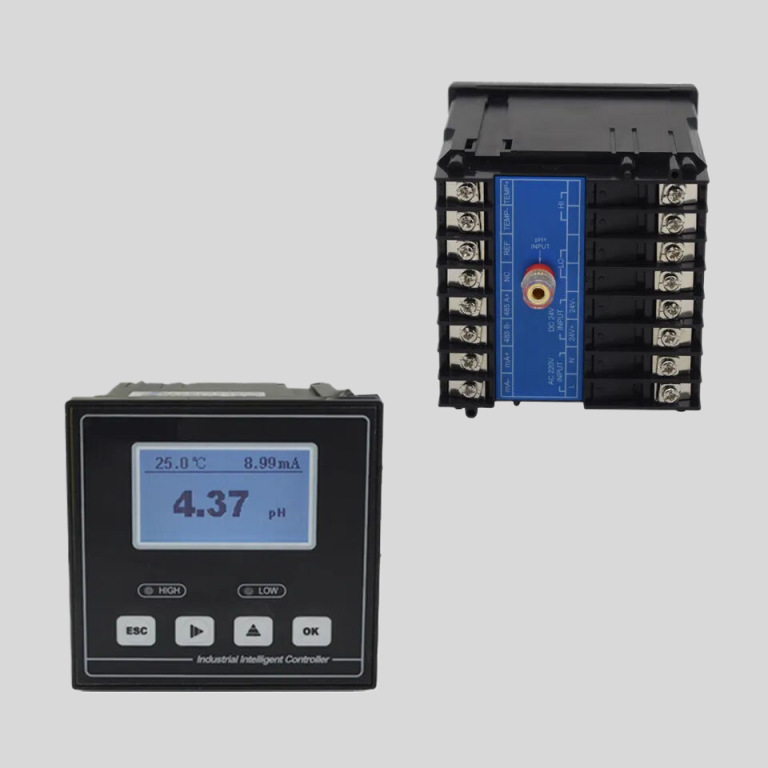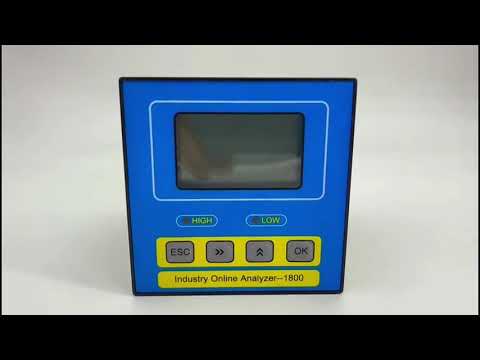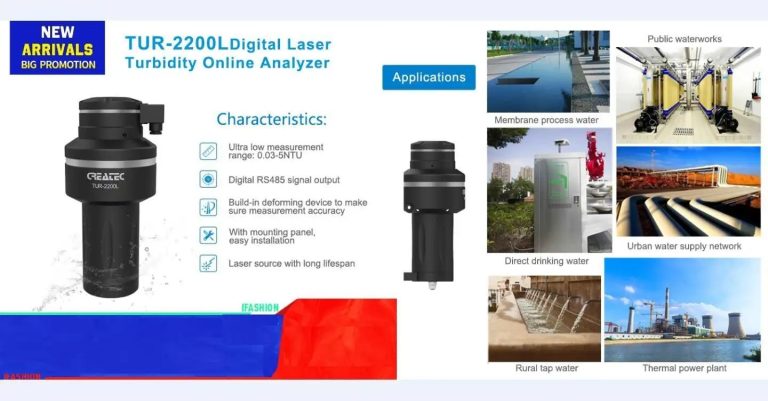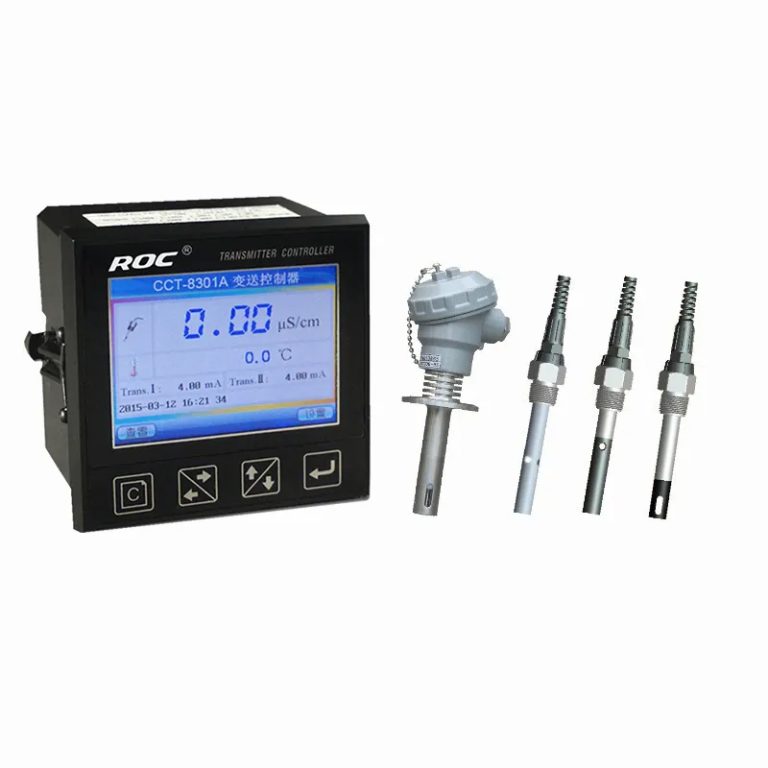Table of Contents
Importance of Regular Water Quality Testing in Malaysia
Water quality testing is a crucial aspect of ensuring the health and safety of the population in any country, including Malaysia. With the increasing industrialization and urbanization in Malaysia, the quality of water sources is under constant threat from pollution and contamination. Regular water quality testing is essential to monitor the levels of various contaminants in the water and to take necessary measures to protect public health.
One of the main reasons why regular water quality testing is important in Malaysia is to ensure that the water supply is safe for consumption. Contaminated water can lead to a host of health problems, including gastrointestinal illnesses, skin infections, and even more serious conditions such as cancer. By regularly testing the water quality, authorities can identify any potential risks and take appropriate actions to mitigate them.
In addition to ensuring the safety of drinking water, regular water quality testing is also important for protecting the environment. Pollution from industrial activities, agriculture, and urban runoff can contaminate water sources and harm aquatic ecosystems. By monitoring the levels of pollutants in the water, authorities can identify sources of contamination and take steps to reduce their impact on the environment.
Furthermore, regular water quality testing is essential for ensuring compliance with regulations and standards set by the government. In Malaysia, the Department of Environment (DOE) sets guidelines for water quality standards to protect public health and the environment. By conducting regular tests and monitoring the water quality, authorities can ensure that these standards are being met and take corrective actions if necessary.
Another important reason for regular water quality testing in Malaysia is to detect any emerging contaminants that may pose a threat to public health. With the rapid pace of industrial development and the introduction of new chemicals and pollutants into the environment, it is important to stay vigilant and monitor water quality for any new threats. By regularly testing the water quality, authorities can stay ahead of potential risks and take proactive measures to protect public health.

In conclusion, regular water quality testing is of utmost importance in Malaysia to ensure the safety of drinking water, protect the environment, comply with regulations, and detect emerging contaminants. By monitoring the levels of various pollutants in the water and taking necessary actions to address any issues, authorities can safeguard public health and the environment. It is essential for both the government and the public to recognize the importance of water quality testing and work together to ensure the availability of clean and safe water for all Malaysians.
Common Contaminants Found in Malaysian Water Sources
Water quality is a critical issue that affects the health and well-being of individuals around the world. In Malaysia, ensuring the safety of drinking water is of utmost importance, as contaminated water can lead to a host of health problems. To address this issue, water quality tests are conducted regularly to monitor the levels of various contaminants in Malaysian water sources.
One of the most common contaminants found in Malaysian water sources is bacteria. Bacteria such as E. coli and coliforms can enter water sources through various means, including sewage leaks and agricultural runoff. These bacteria can cause gastrointestinal illnesses and other health problems if consumed in contaminated water. To detect the presence of bacteria in water sources, tests such as the coliform test are conducted. This test measures the levels of coliform bacteria in water and serves as an indicator of potential contamination.
Another common contaminant found in Malaysian water sources is heavy metals. Heavy metals such as lead, mercury, and arsenic can enter water sources through industrial discharge and mining activities. These metals can have serious health effects, including neurological damage and cancer, if consumed in high concentrations. To monitor the levels of heavy metals in water sources, tests such as the heavy metal test are conducted. This test measures the levels of various heavy metals in water and helps authorities determine the appropriate measures to address contamination.
Pesticides and herbicides are also common contaminants found in Malaysian water sources. These chemicals are used in agriculture to control pests and weeds, but they can leach into water sources through runoff and contaminate drinking water. Pesticides and herbicides can have harmful effects on human health, including reproductive problems and cancer. To detect the presence of pesticides and herbicides in water sources, tests such as the pesticide test are conducted. This test measures the levels of various pesticides and herbicides in water and helps authorities take appropriate action to mitigate contamination.
In addition to bacteria, heavy metals, pesticides, and herbicides, other contaminants such as nitrates and phosphates are also commonly found in Malaysian water sources. These nutrients can enter water sources through agricultural runoff and sewage discharge, leading to eutrophication and algal blooms. High levels of nitrates and phosphates in water can have detrimental effects on aquatic ecosystems and human health. To monitor the levels of nitrates and phosphates in water sources, tests such as the nutrient test are conducted. These tests help authorities assess the health of water sources and implement measures to prevent nutrient pollution.
In conclusion, water quality tests play a crucial role in ensuring the safety of drinking water in Malaysia. By monitoring the levels of various contaminants in water sources, authorities can take appropriate action to address contamination and protect public health. It is essential for individuals to be aware of the common contaminants found in Malaysian water sources and the potential health risks associated with them. By working together to address water quality issues, we can ensure that clean and safe drinking water is available for all Malaysians.
| Model | EC-810 Conductivity/resistivity controller |
| Range | 0-200/2000/4000/10000uS/cm |
| 0-20/200mS/cm 0-18.25M\u03a9 | |
| Accuracy | Conductivity:1.5%;\u00a0 Resistivity:2.0%(FS) |
| Temp. Comp. | Automatic temperature compensation based on 25\u2103 |
| Oper. Temp. | Normal 0\uff5e50\u2103; High temp 0\uff5e120\u2103 |
| Sensor | 0.01/0.02/0.1/1.0/10.0cm-1 |
| Display | LCD Screen |
| Current Output | 4-20mA output/2-10V/1-5V |
| Output | High/Low limit dual relay control |
| Power | AC 220V\u00b110% 50/60Hz or AC 110V\u00b110% 50/60Hz or DC24V/0.5A |
| Working Environment | Ambient temperature:0\uff5e50\u2103 |
| Relative humidity\u226485% | |
| Dimensions | 96\u00d796\u00d7100mm(H\u00d7W\u00d7L) |
| Hole Size | 92\u00d792mm(H\u00d7W) |
| Installation Mode | Embedded |

